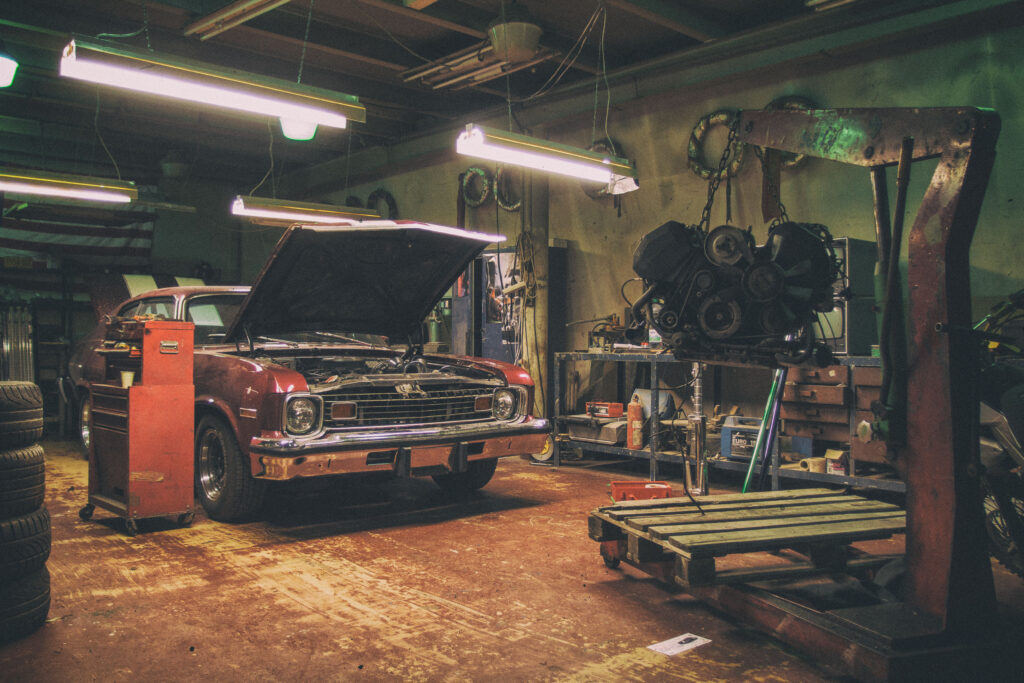
Cars are intricate machines, demanding attention to a myriad of components to keep them running smoothly day after day. While we often prioritize fuel and oil changes, there’s one unsung hero that frequently gets overlooked until it’s screaming for attention: the cooling system. Ignoring this vital network of parts can swiftly escalate from a minor inconvenience to a catastrophic engine meltdown, leaving you stranded and facing a repair bill that could easily make your wallet weep.
Indeed, the temptation to put off investigating those subtle hints of trouble can be strong. After all, why worry until hot steam is billowing from under the hood, right? But for those who would rather keep money in their pocket and avoid the drama of a roadside breakdown, understanding the warning signs is paramount. A complacent approach to your cooling system’s health can lead to engine failure faster than a popsicle melts on a scorching summer day, transforming what could have been a simple fix into an expansive, time-consuming nightmare.
So, let’s roll up our sleeves and embark on an essential journey, arming ourselves with the knowledge to recognize the glaring clues that your cooling system may be on its last legs. Acting early isn’t just about saving plenty of hassle and time; it’s most importantly about safeguarding your hard-earned cash from the jaws of a major repair. By understanding these indicators, you can address potential issues before they spiral into critical problems, ensuring your vehicle remains a reliable partner on the road.
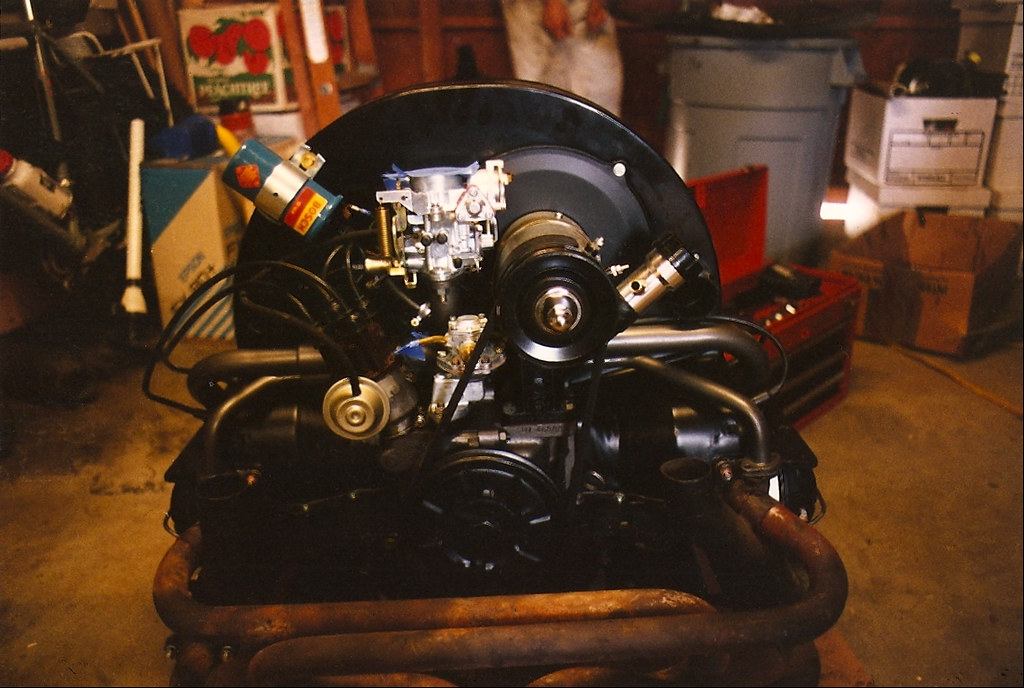
1. **Rising Temperature Gauge**
Nothing quite signals an “urgent problem” like the temperature gauge needle steadily climbing toward the danger zone. Imagine you’re cruising down the highway, enjoying a sunny afternoon, when you glance at your dashboard and notice that indicator inching upward in a rather alarming manner. It’s a clear, unmistakable visual cue that your engine is struggling to maintain its optimal operating temperature, a situation that demands immediate attention.
Some drivers might be tempted to ignore that helpful gauge, perhaps hoping that sheer willpower alone will cool the engine down. Spoiler alert: it won’t. A persistently rising gauge can stem from several critical issues, such as low coolant levels, a thermostat that has decided to quit its job, or a water pump that’s contemplating early retirement. The most crucial initial step upon observing this ascent is to safely pull over and allow the engine to cool off, preventing further immediate damage.
Continuing to drive with an engine that’s overheating might make for a dramatic story later, but the financial repercussions of a damaged head gasket or a warped cylinder head are guaranteed to kill the mood completely. These are not minor repairs; they represent significant expenditures and lengthy downtimes. If your temperature gauge insists on playing the hot-and-bothered game, or if the needle frequently enters the red zone, it’s imperative to consult a qualified mechanic without delay. This proactive step can prevent minor issues from becoming disastrous engine failures.
Read more about: 11 Things EV Owners Really Wish You’d Stop Asking Them About Range: Debunking the Myths of Electric Mobility
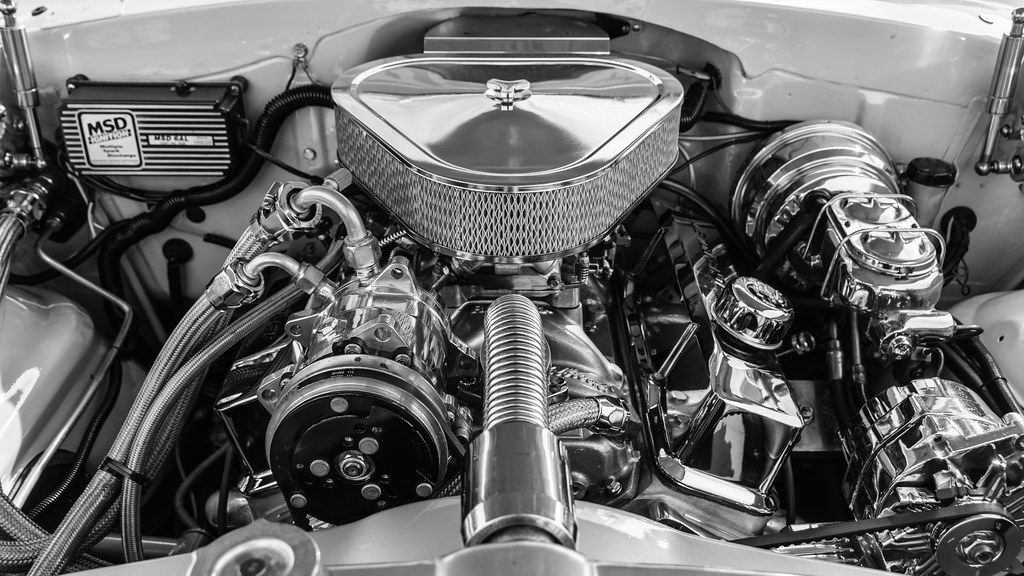
2. **Coolant Leaks**
Mysterious puddles appearing under your car can be far more worrisome than they initially look. While it’s sometimes just water from the air conditioning system, a bright green, orange, or yellow fluid is almost always coolant, and its presence points directly to bigger troubles brewing within your vehicle’s cooling system. These vibrant colors are specifically designed to make coolant leaks easy to spot, acting as a clear distress signal from your car.
Such leaks can originate from a variety of points within the system. A crack in the radiator, a water pump that’s showing signs of failure, or a hose that has simply seen better days can all prompt coolant to spill its guts onto the ground. Each drop of coolant that escapes starves the engine of the essential fluid it requires to regulate heat effectively. This gradual, or sometimes rapid, depletion can quickly compromise the entire system, leading to inefficient cooling.
Neglecting such a leak is akin to playing a dangerous game of automotive roulette. It significantly increases the likelihood that your friendly temperature needle will spike at the absolute worst possible moment—often when you’re stuck in the middle of rush-hour traffic, miles from any assistance. The simpler and far less costly fix is to get the leak resolved straightaway, preferably long before your wallet starts crying at the prospect of a catastrophic engine repair. If minor repairs aren’t sufficient, exploring replacement radiators or having a professional identify the leak source is crucial.
Read more about: Busted: The 12 Worst Coolant Flush Fallacies Mechanics Wish Drivers Would Stop Spreading
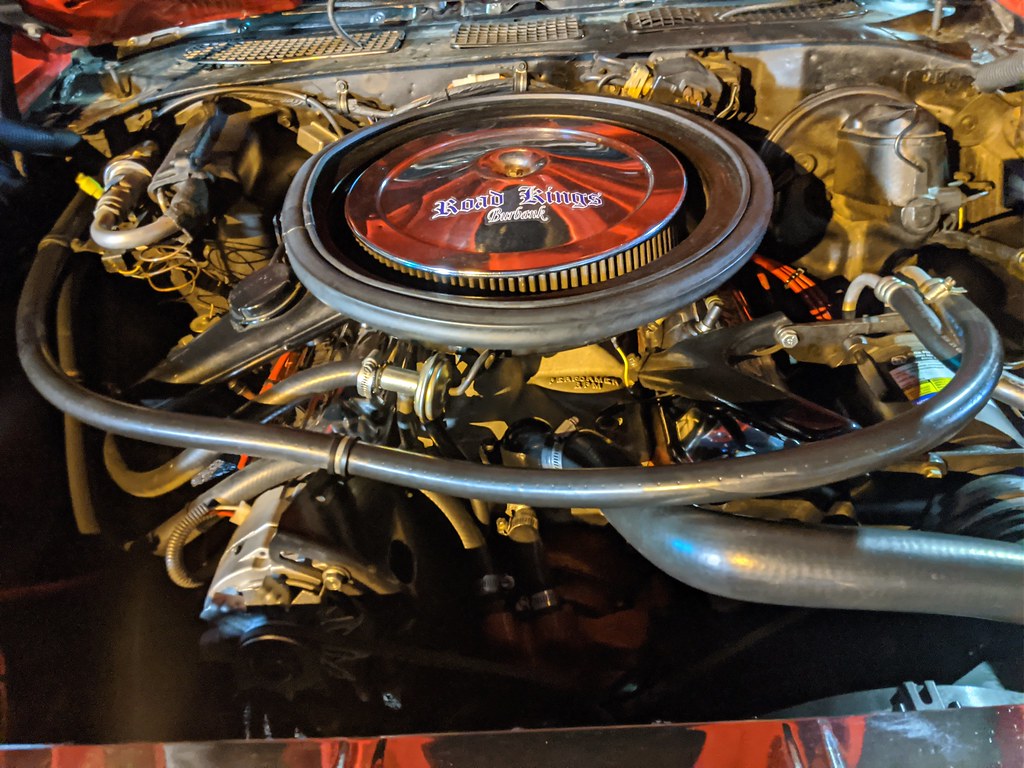
3. **Steam or Smoke Escaping the Hood**
There are few sights more dramatic, or more universally recognized as a sign of trouble, than a cloud of steam or smoke billowing from under the hood of a car. Ever spot that iconic cloud while idling at a stoplight? Movie scenes involving smoking engines usually spell disaster, and in real life, the situation is no exception. This isn’t just a visual spectacle; it’s a profound indication that your engine is in serious distress and potentially on the brink of a major breakdown.
Steam, in particular, often appears when coolant drips onto scorching hot engine parts, rapidly turning to vapor. This phenomenon is a stark signal that the engine is already well on its way to a meltdown, having surpassed safe operating temperatures. The presence of steam means that the cooling system is not only failing to contain its fluid but also failing to dissipate the excessive heat generated by the engine, creating a dangerous feedback loop.
Continuing to drive with a cloud of steam pouring out from under the hood is about as wise as juggling lit fireworks – immensely risky and almost certainly leading to a fiery conclusion. The best and safest course of action is to pull over immediately and safely, shut off the engine, and then summon professional assistance. A meltdown that warps critical engine components or cracks the head gasket is an infinitely worse and more expensive outcome than a short inconvenience on the side of the road. Prioritizing safety and prompt professional attention can mitigate the damage significantly.
Read more about: High-Mileage Havoc: The Crippling Electrical & Mechanical Nightmares Haunting Your Sports Car – A Deep Dive into the Ford S197 Mustang
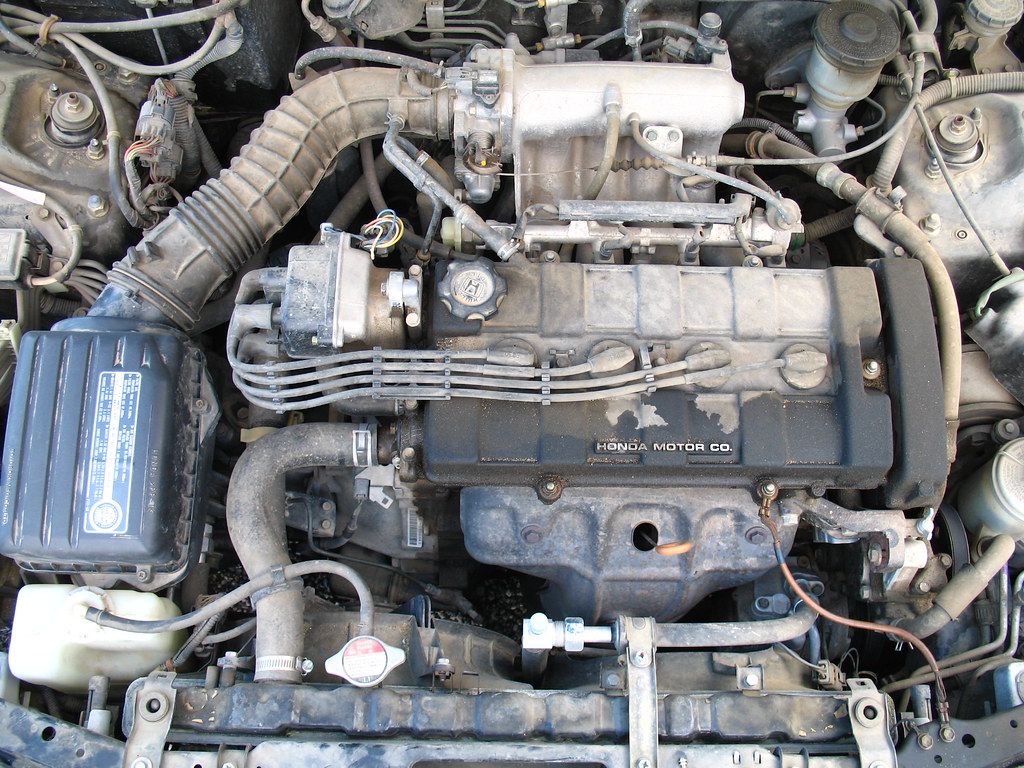
4. **That Sweet, Syrupy Odor**
Have you ever stepped out of your car and caught an unusual whiff of something that smells distinctly sweet, almost like candy gone wrong? This peculiar, yet recognizable, aroma is a critical warning sign that could indicate burning coolant escaping from its intended pathways and coming into contact with a hot surface. It’s not just an odd smell; it’s your car communicating a serious problem that demands your attention.
The odor is distinctly sweet and syrupy, quite unlike any other smell you’d typically associate with a car. This distinct scent is a reliable clue that coolant isn’t staying where it’s supposed to stay—within the closed cooling system. Whether it’s an internal leak, where coolant might be entering the combustion chamber or mixing with engine oil, or an external leak, where it’s simply dripping onto hot engine parts, the smell points to a breach.
These leaks, whether internal or external, are problematic for several reasons. They not only waste precious coolant, but more importantly, they hinder the engine’s ability to cool itself effectively. Over time, neglecting such a leak can eventually lead to significant damage, potentially culminating in an overheated engine and costly repairs. Nobody wants to drive around in a machine that’s about to self-destruct, and this sweet odor is a clear precursor to that possibility. Swift repairs are essential to ensure the leak is sealed and that this alarming odor becomes a distant memory rather than a daily headache.
Read more about: The 8 Most Common Reasons Why Your Classic Car’s Heater Fails in Winter: A Comprehensive Guide
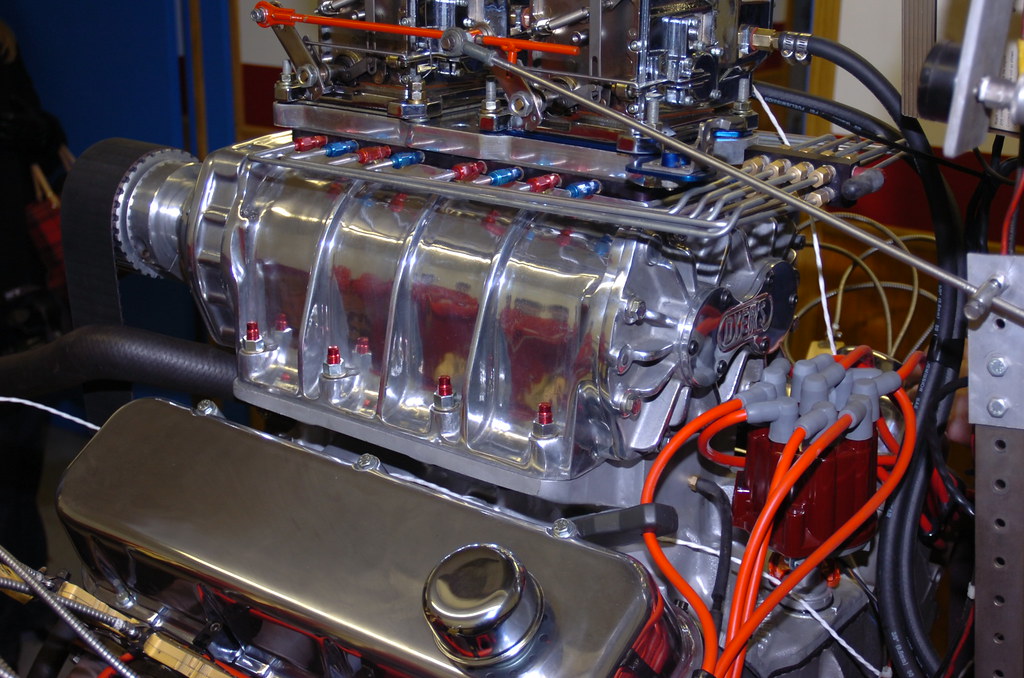
5. **Repeatedly Low Coolant Reservoir**
Finding yourself needing to top off your coolant reservoir every few days is a significant red flag that should not be ignored. This isn’t just a minor inconvenience; it’s a strong indicator that there’s likely a sneaky leak or an internal glitch that’s draining the reservoir faster than a thirsty runner drinks water. A car’s engine requires a stable and consistent amount of coolant for proper and consistent temperature regulation, and a continuously dropping level compromises this vital balance.
When the coolant reservoir dips too often, the engine becomes increasingly vulnerable to what the context refers to as “hothead moments”—periods of dangerous overheating. This consistent loss of coolant, even if seemingly minor, means that the engine isn’t getting the thermal protection it needs, putting strain on various components and increasing the risk of serious damage. It’s an unsustainable pattern that can quickly lead to more severe problems if not addressed.
It’s crucial to thoroughly inspect for any visible signs of trouble. Look carefully for any cracks in the reservoir itself, or suspicious wet spots around the hoses, near the radiator, or in the vicinity of the water pump. These are common culprits for external leaks that can lead to a low coolant level. Solving this underlying problem beats dealing with an overheated engine on a busy freeway, where your only friend might be the hazard lights and the occasional concerned driver honking for you to hurry up. Proactive inspection and repair here can save substantial stress and expense.
Read more about: Planning on Trouble? The 14 Engines and Models Most Likely to Leave You Stranded Before 100,000 Miles
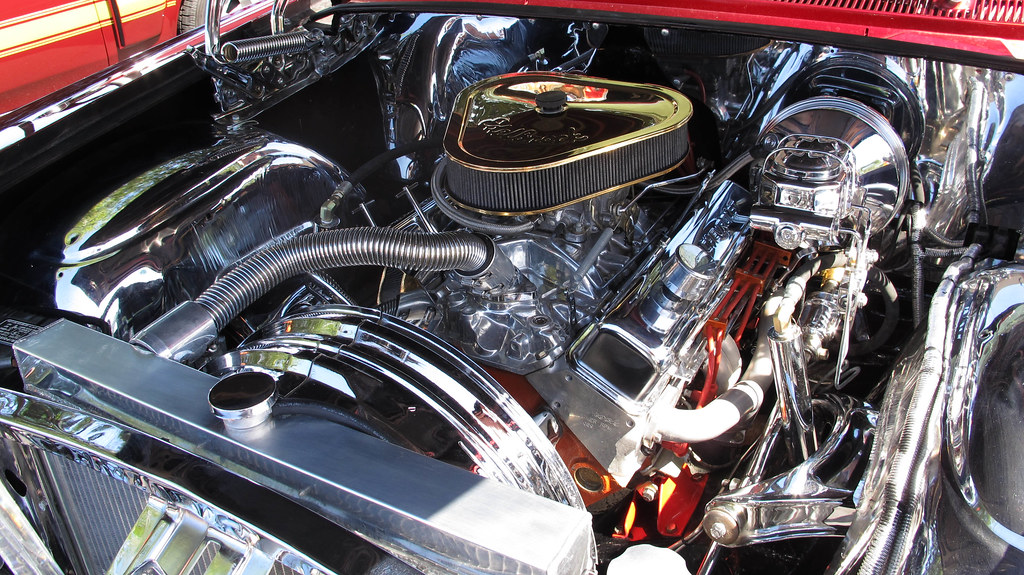
6. **White Exhaust Smoke**
Tailpipe emissions typically range from invisible to lightly smoky, especially on cold mornings. However, thick white smoke often hints at coolant invading the combustion chamber. This isn’t just a simple vapor; it’s a distinct plume of white smoke in the exhaust, indicating an internal breach within your engine’s cooling system that demands immediate investigation.
That unwelcome phenomenon can trace its roots to a blown head gasket or a cracked engine block—both are nightmares on the average driver’s budget. These critical failures allow coolant to seep into areas where it doesn’t belong, such as the combustion chambers, where it burns alongside fuel. Air trapped inside the cooling system can also disrupt coolant flow, leading to uneven pressure and contributing to these severe issues, which are considered top causes of engine overheating.
Prolonged exposure to coolant inside the engine can degrade vital components, leading to a mechanical meltdown. The presence of coolant in the combustion chamber can foul spark plugs, dilute engine oil, and cause significant internal corrosion. Repairs in that scenario are neither cheap nor quick, often involving extensive engine teardowns and replacements of major components.
Catching this sign early, however, can truly be a wallet-saver. Early detection, on the other hand, can keep the total cost within reason and save a lot of agony. If you notice a persistent cloud of white smoke from your tailpipe, especially if it’s accompanied by coolant loss, addressing it without delay is crucial to prevent further degradation and preserve your engine’s integrity.
Read more about: Are You Making These 13 Dog Park Mistakes? Vets and Handlers Speak Out.
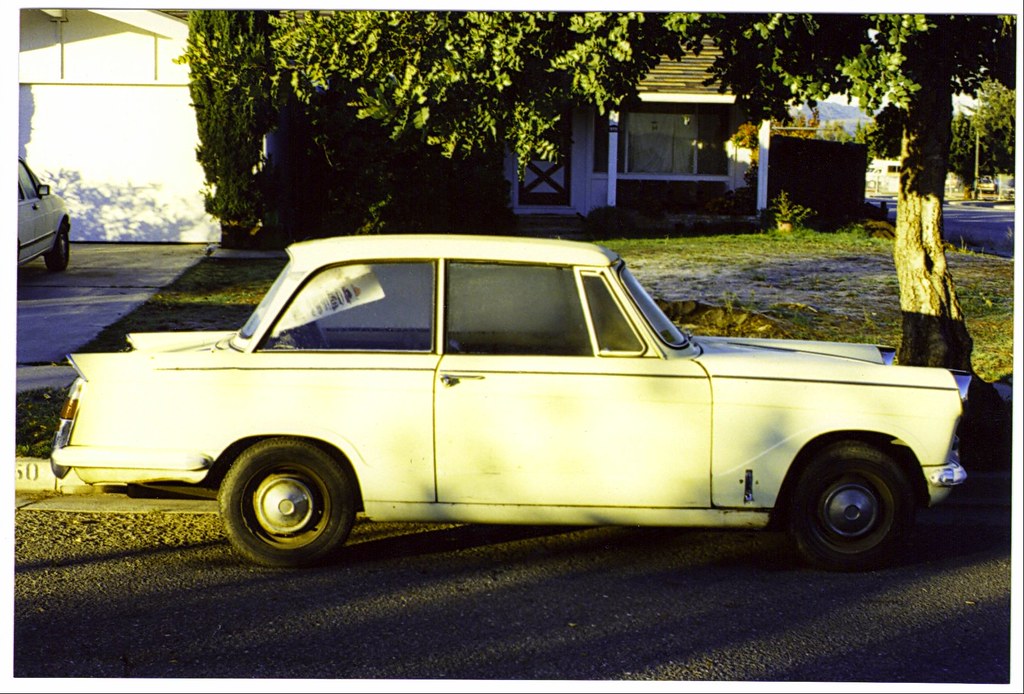
7. **Cold Air from the Heater**
It might seem counterintuitive to link your car’s heater to its cooling system, but they’re intimately connected. The heater in a car relies on warmth from the engine’s coolant, circulating it through a small radiator called the heater core. So, if the blower vents are coughing out chilly air when set to the hottest temperature, a compromised cooling system might definitely be to blame, signaling more than just a discomfort issue.
This puzzling lack of heat often points to a few common culprits. A clogged heater core, which prevents hot coolant from flowing through it, or simply a low coolant level are usual suspects. A faulty thermostat, which acts as a valve to regulate coolant flow, can also impede the proper circulation needed to warm your cabin, as it might not be opening or closing correctly to allow heat transfer.
Ignoring a malfunctioning heater on a crisp winter morning is a special kind of torture—numb fingers on the steering wheel aren’t exactly comforting. However, this issue is far more than just an inconvenience. Plus, any problem that reveals itself in the climate control could very well mean deeper cooling system woes that affect the entire engine’s health, not just your comfort.
Therefore, a thorough inspection by a professional mechanic can not only bring back that toasty interior but, more importantly, preserve engine function by diagnosing and rectifying underlying cooling system problems. Addressing such a sign proactively can prevent a seemingly minor issue from escalating into a serious engine cooling failure.
Read more about: Busted: The 12 Worst Coolant Flush Fallacies Mechanics Wish Drivers Would Stop Spreading
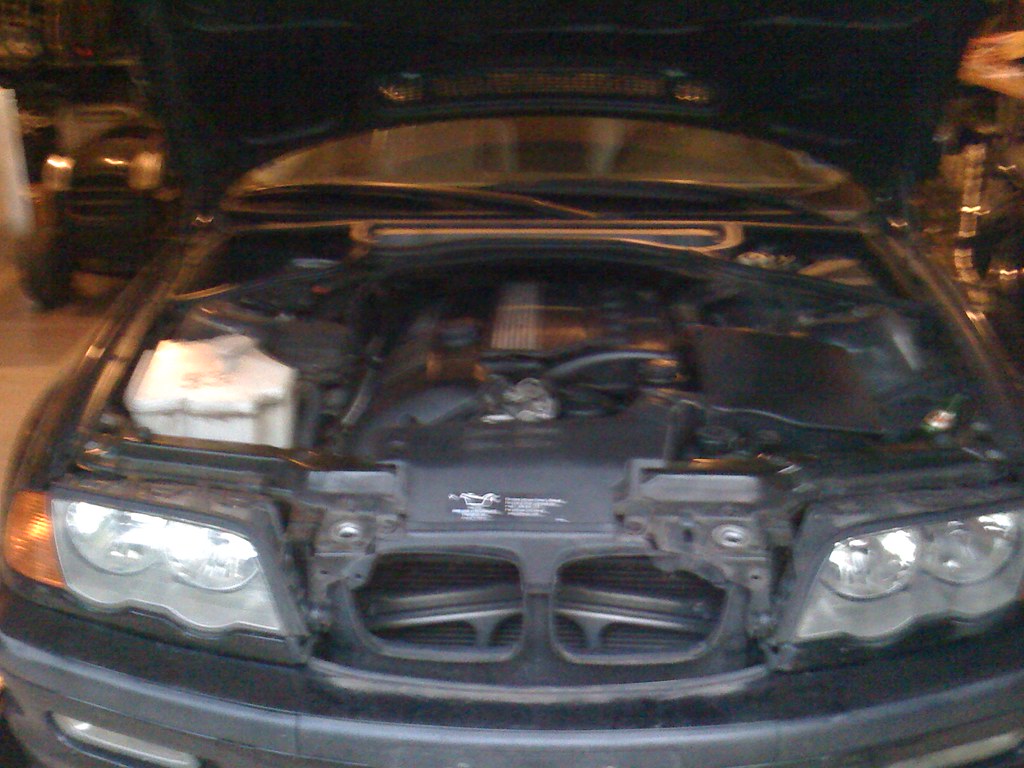
8. **Rust or Sediment in Coolant**
A simple peek into the coolant reservoir can reveal a muddy or rusty appearance, not exactly the bright green, orange, or yellow color expected from healthy coolant. That suggests corrosion inside the system, possibly from old coolant that’s long past its prime. Healthy coolant should be very light green/yellow and translucent; any dark color or presence of dust particles is a strong symptom of a bad cooling system.
Over time, coolant loses its protective additives and can become acidic, which eats away at the metal components of your cooling system. This leads to rust buildup, which then blocks crucial passages within the radiator and engine block. Such blockages severely lower the system’s ability to exchange heat efficiently and place added strain on critical parts like the radiator and water pump, effectively turning your cooling system into a less-than-optimal heat exchanger.
A coolant flush is often the best remedy in these situations. It involves draining the old, contaminated fluid, thoroughly cleaning out the entire system, and then refilling it with fresh, high-quality coolant. This procedure removes the harmful rust and sediment, restoring the system’s ability to maintain optimal engine temperatures and protect its metallic components.
While it’s not the most glamorous maintenance procedure, performing a coolant flush according to the vehicle manufacturer’s guidelines is a whole lot cheaper than dealing with the consequences of neglecting a rusty system. This proactive measure can prevent the need for a new radiator, an engine teardown, or other extensive repairs caused by severe corrosion and blockages, saving significant hassle and expense.
Read more about: The 8 Most Common Reasons Why Your Classic Car’s Heater Fails in Winter: A Comprehensive Guide
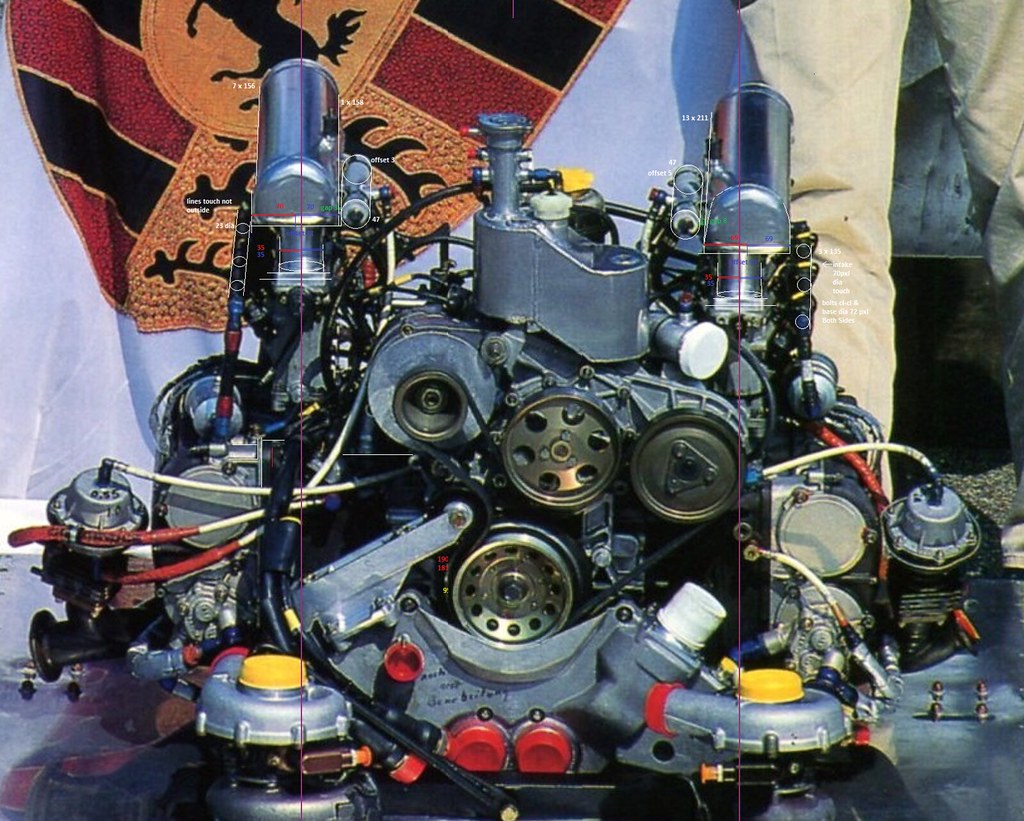
9. **Strange Sounds Near the Engine**
Ever hear grinding or squealing noises that cause an involuntary wince when driving? These unsettling auditory warnings are your car’s way of screaming for attention, often indicating a problem within the cooling system. The culprit might be a failing water pump or a belt that has decided to play the world’s worst symphony, both of which are absolutely essential for keeping the engine at the correct operating temperature.
A belt slipping on the water pump pulley might create that unpleasant screeching sound, while a failing water pump itself can rattle like a can full of marbles due to dry bearings, loose pump shaft pulleys, or loose shaft impellers. These noises are not just annoying; they are direct indicators of mechanical stress or impending failure. Common signs of a failing water pump also include coolant dripping from the pump area or visible damage to the pump housing.
If those unsettling sounds pop up regularly, it might be time for some serious mechanical detective work before the situation devolves into an overheating calamity. Ignoring these audible warnings is akin to ignoring a flickering warning light; it significantly increases the risk of a complete system failure. Regularly turning down the radio and paying attention to your engine’s symphony can be a lifesaver for your vehicle.
Replacing a water pump can be a bit involved, but it’s often necessary to prevent serious engine damage. Ignoring a failing water pump can lead to a blown head gasket or even a cracked engine block—expensive repairs you definitely want to avoid. Proactive replacement of weakened hoses and fraying belts before they fail outright is a foolproof strategy to prevent roadside meltdowns and keep your engine humming smoothly.
Read more about: Dust Off Your Floppy Disks: 10 Legendary Retro Consoles That Definitely Won’t Play on Your 4K TV (But Are Still Epic!)
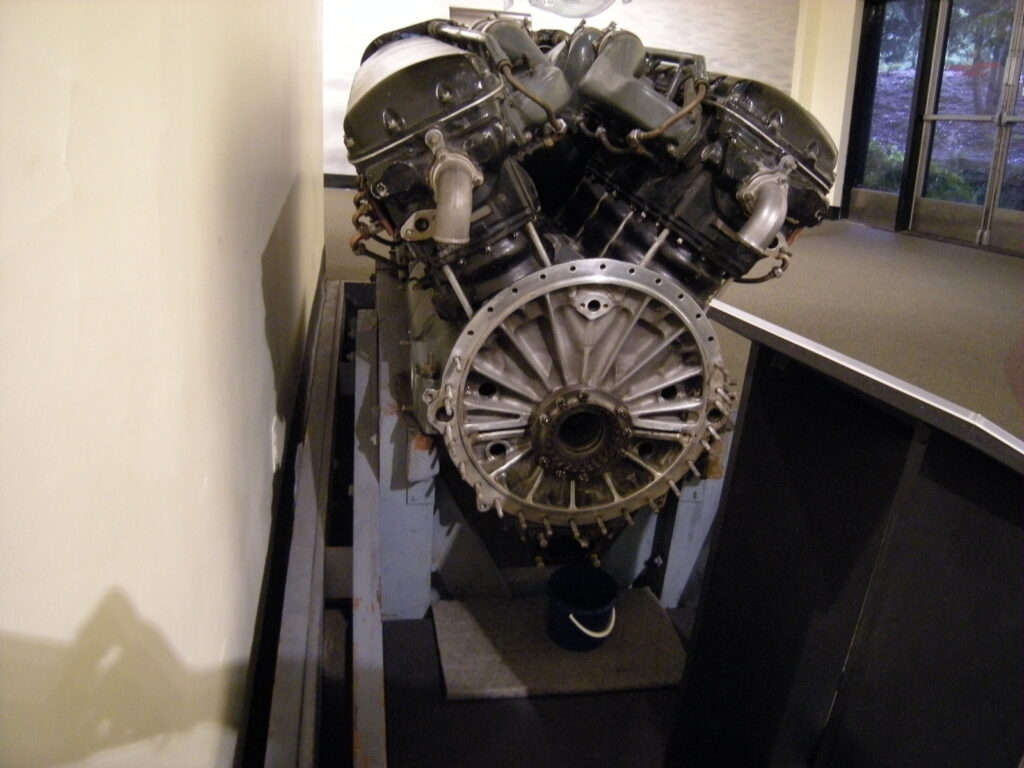
10. **Plummeting Fuel Economy**
Engines love operating within a specific, correct temperature range, which is their sweet spot for efficiency. When heat rises above normal, everything suffers: power output diminishes, overall performance degrades, and most noticeably, your fuel economy takes a significant hit. This unexpected dip in miles per gallon can be a subtle yet powerful indicator that your cooling system is struggling.
If your miles per gallon suddenly drop with no obvious cause—meaning no new lead foot habits, no extra cargo, and no significant changes in your driving routine—an inefficient cooling process might just be the villain. Your engine is working harder to manage its temperature, consuming more fuel to compensate for the cooling system’s failure to maintain optimal conditions. It’s crucial to keep track of average fuel usage; a mild change can be normal based on conditions, but a big drop spells trouble.
Continuing to drive with a faulty cooling system means not only subpar performance but also an increased risk of a potential meltdown in the near future. That meltdown might cost more than a designer handbag or a luxury vacation. Poor gas mileage isn’t just an inconvenience at the pump; it’s a symptom of an engine struggling to operate efficiently, signaling that its cooling system is failing to maintain the precise thermal balance it needs.
This issue compounds other problems, quietly draining your wallet while simultaneously setting the stage for a much larger, more expensive breakdown. Be wise and get it fixed. Addressing the root cause of poor gas mileage, which in this case points directly to cooling system inefficiencies, ensures your vehicle operates at peak performance, maximizing its lifespan and saving you a considerable amount in long-term repair costs.
The silent killer doesn’t have to claim your ride. We’ve explored ten critical signs, from the obvious rising temperature gauge to the more subtle plummeting fuel economy, all pointing to a cooling system in distress. A top-notch cooling system is essential for a vehicle’s well-being, maintaining proper operating temperatures and preventing the engine from overheating. Ignoring any of these warning signs—be it leaks, strange odors, or unusual noises—can lead to monumental repair bills and leave you stranded at the most inconvenient times. A meltdown on a busy road isn’t exactly the best conversation starter among friends, either.
Read more about: Behind the Blunders: 8 Celebrity Endorsement Disasters That Spiraled into Lawsuits and Left Brands Reeling
Every driver who takes a moment to keep coolant levels stable, replace worn parts, inspect hoses and belts, and pay attention to that trusty temperature gauge is a driver who’ll likely avoid an overheated disaster. Consistent maintenance, including regular coolant flushes, is your best defense against catastrophic engine replacements. By actively monitoring these often-overlooked indicators, you’re not just being a vigilant driver; you’re becoming your car’s best mechanic, preventing minor issues from becoming major catastrophes. This commitment ensures vehicle longevity and avoids significant repair bills, truly empowering drivers to navigate the road with confidence and a healthier wallet. Stick to consistent maintenance, book regular checkups, and you’ll avoid the drama of blown gaskets and cracked engine blocks, keeping your cherished set of wheels on the road for years to come.



